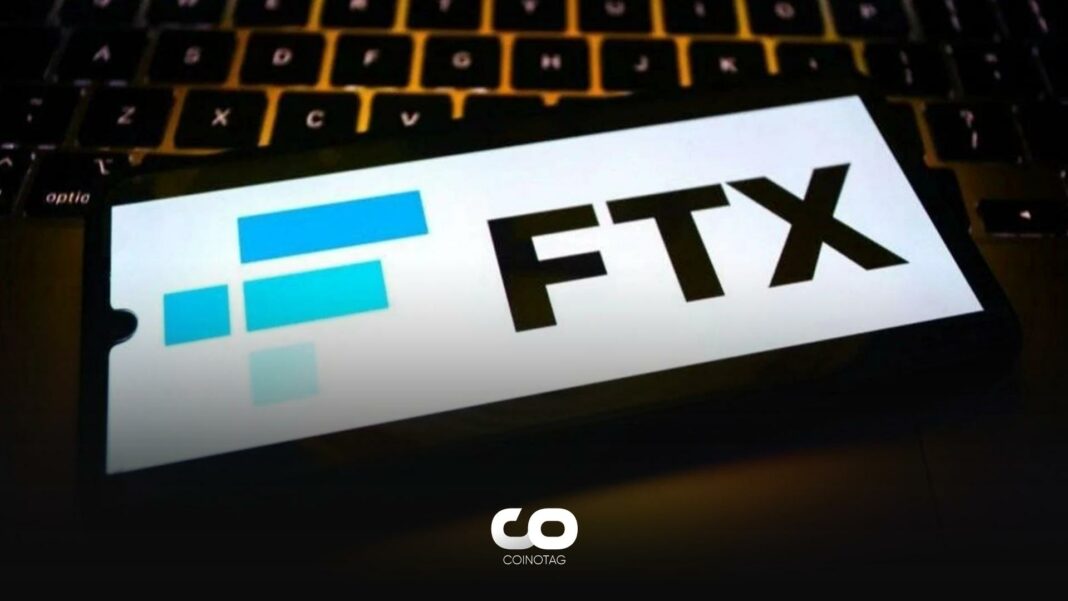| COINOTAG recommends • Exchange signup |
| 💹 Trade with pro tools |
| Fast execution, robust charts, clean risk controls. |
| 👉 Open account → |
| COINOTAG recommends • Exchange signup |
| 🚀 Smooth orders, clear control |
| Advanced order types and market depth in one view. |
| 👉 Create account → |
| COINOTAG recommends • Exchange signup |
| 📈 Clarity in volatile markets |
| Plan entries & exits, manage positions with discipline. |
| 👉 Sign up → |
| COINOTAG recommends • Exchange signup |
| ⚡ Speed, depth, reliability |
| Execute confidently when timing matters. |
| 👉 Open account → |
| COINOTAG recommends • Exchange signup |
| 🧭 A focused workflow for traders |
| Alerts, watchlists, and a repeatable process. |
| 👉 Get started → |
| COINOTAG recommends • Exchange signup |
| ✅ Data‑driven decisions |
| Focus on process—not noise. |
| 👉 Sign up → |
- Bitcoin has been on an upward trend since reaching a local low below $25,000 on September 11th. The rally that reached $27,435 yesterday indicated a 10% increase from the recent low.
- Glassnode’s Accumulation Trend Score elaborates on this trend in more detail. It shows that the current recovery rally in 2023 has been significantly influenced by investor FOMO (Fear of Missing Out).
- The market was shaken by a sharp drop from $29,000 to $26,000 in August 2023, and overwhelmingly negative sentiment was observed.
Despite the recent rally in Bitcoin price, what do the metrics say? Investors should remain cautious!
What Do Critical Metrics in Bitcoin Indicate?
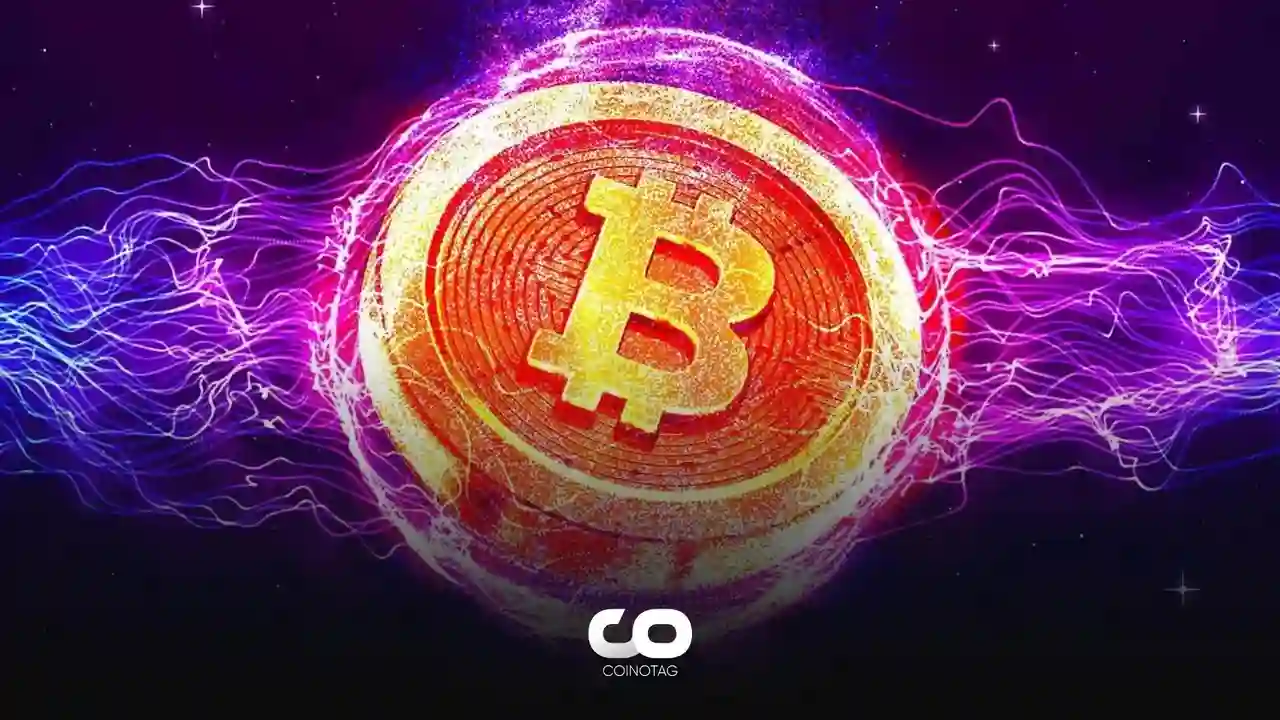
Bitcoin has been on an upward trend since reaching a local low below $25,000 on September 11th. The rally that reached $27,435 yesterday indicated a 10% increase from the recent low. As reported by COINOTAG, the rally was largely driven by a significant increase of over $1 billion in the futures market and open positions; more than half of this disappeared when BTC dropped below $27,000. Nevertheless, BTC showed an increase of around 7.5% from the lowest point of last week.
Glassnode’s Realized HODL Ratio (RHODL) serves as a critical market sentiment indicator. It measures the balance between recently moved coin investments (held for less than a week) and longer-term HODLers (held for 1-2 years). The RHODL Ratio for 2023 seems to be playing around the 2-year average level. This indicates a modest entry of new investors, and the momentum behind this change appears relatively weak.
| COINOTAG recommends • Professional traders group |
| 💎 Join a professional trading community |
| Work with senior traders, research‑backed setups, and risk‑first frameworks. |
| 👉 Join the group → |
| COINOTAG recommends • Professional traders group |
| 📊 Transparent performance, real process |
| Spot strategies with documented months of triple‑digit runs during strong trends; futures plans use defined R:R and sizing. |
| 👉 Get access → |
| COINOTAG recommends • Professional traders group |
| 🧭 Research → Plan → Execute |
| Daily levels, watchlists, and post‑trade reviews to build consistency. |
| 👉 Join now → |
| COINOTAG recommends • Professional traders group |
| 🛡️ Risk comes first |
| Sizing methods, invalidation rules, and R‑multiples baked into every plan. |
| 👉 Start today → |
| COINOTAG recommends • Professional traders group |
| 🧠 Learn the “why” behind each trade |
| Live breakdowns, playbooks, and framework‑first education. |
| 👉 Join the group → |
| COINOTAG recommends • Professional traders group |
| 🚀 Insider • APEX • INNER CIRCLE |
| Choose the depth you need—tools, coaching, and member rooms. |
| 👉 Explore tiers → |
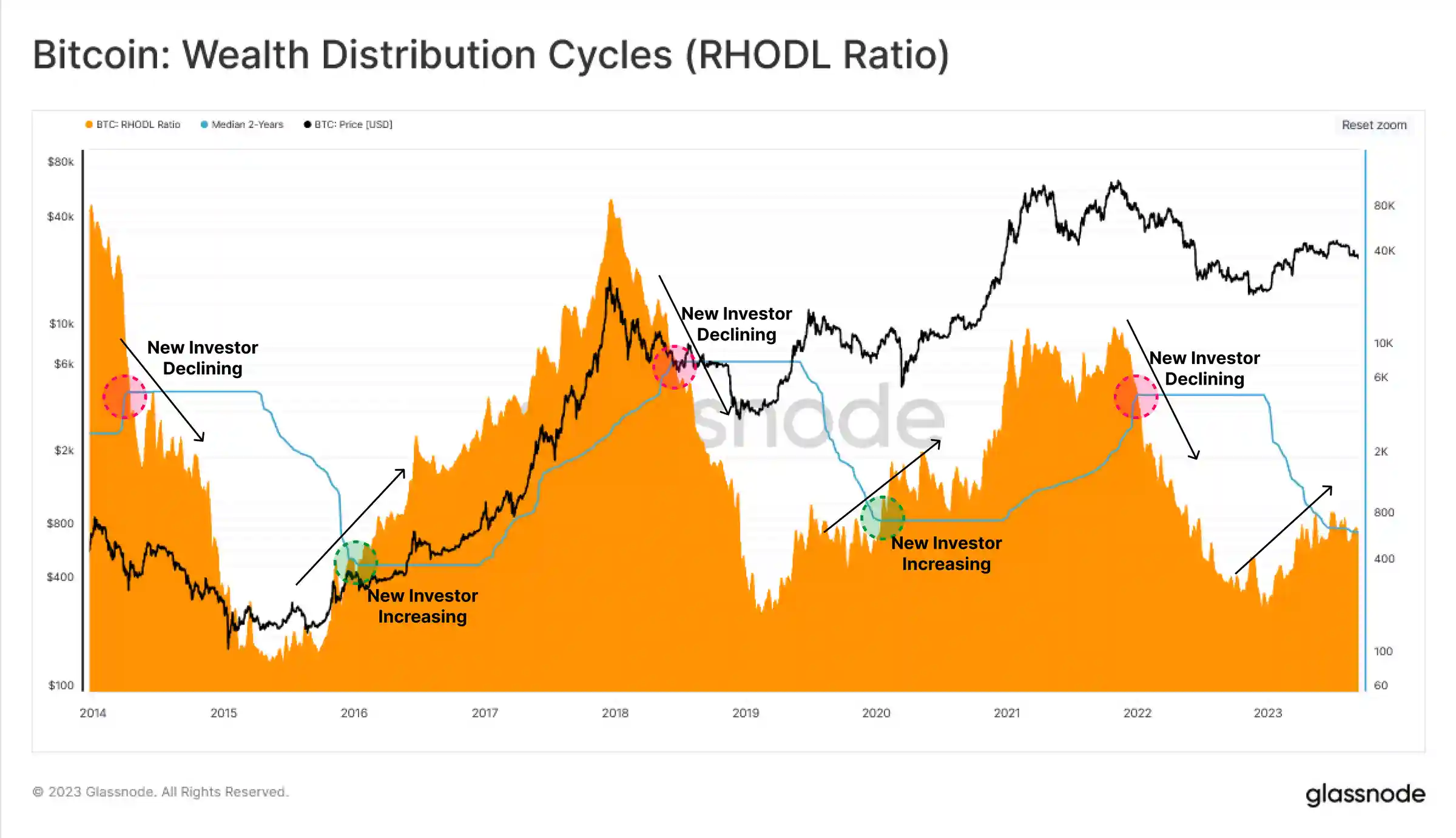
Glassnode’s Accumulation Trend Score elaborates on this trend in more detail. It shows that the current recovery rally in 2023 has been significantly influenced by investor FOMO (Fear of Missing Out). A clear accumulation pattern is observed around local price peaks, pushing it above $30,000. This behavior is sharply different from the second half of 2022 when new market participants demonstrated resistance by accumulating Bitcoin at lower price levels.
| COINOTAG recommends • Exchange signup |
| 📈 Clear interface, precise orders |
| Sharp entries & exits with actionable alerts. |
| 👉 Create free account → |
| COINOTAG recommends • Exchange signup |
| 🧠 Smarter tools. Better decisions. |
| Depth analytics and risk features in one view. |
| 👉 Sign up → |
| COINOTAG recommends • Exchange signup |
| 🎯 Take control of entries & exits |
| Set alerts, define stops, execute consistently. |
| 👉 Open account → |
| COINOTAG recommends • Exchange signup |
| 🛠️ From idea to execution |
| Turn setups into plans with practical order types. |
| 👉 Join now → |
| COINOTAG recommends • Exchange signup |
| 📋 Trade your plan |
| Watchlists and routing that support focus. |
| 👉 Get started → |
| COINOTAG recommends • Exchange signup |
| 📊 Precision without the noise |
| Data‑first workflows for active traders. |
| 👉 Sign up → |
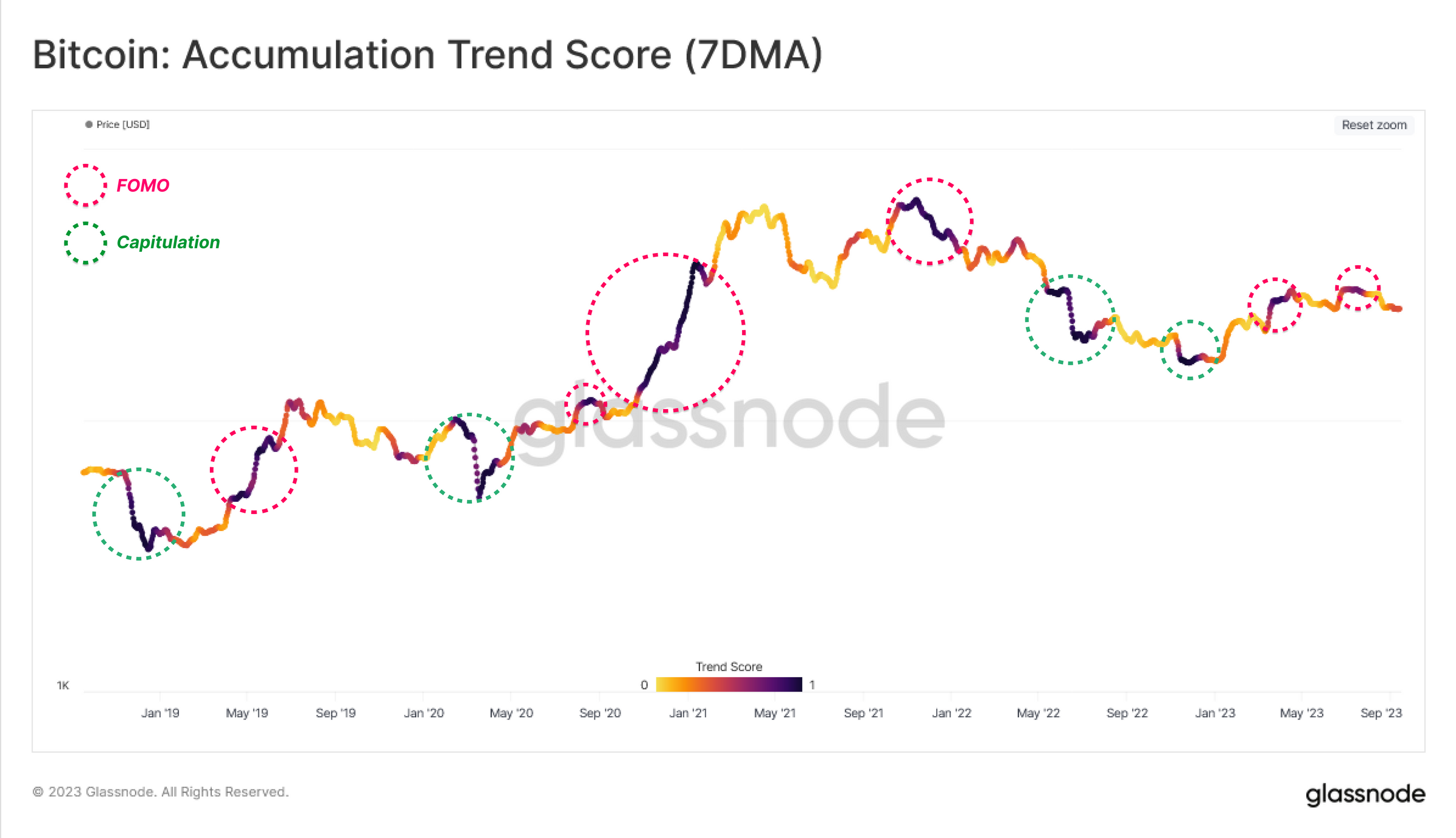
Moreover, the Realized Profit and Loss indicators paint a complex picture. These metrics measure the change in the value of spent coins by comparing the acquisition price to the disposal price. In 2023, periods of intense coin accumulation have often come with high-level profit realization. Glassnode describes this pattern as “openness,” similar to market behavior seen during the peak periods of 2021.
| COINOTAG recommends • Traders club |
| ⚡ Futures with discipline |
| Defined R:R, pre‑set invalidation, execution checklists. |
| 👉 Join the club → |
| COINOTAG recommends • Traders club |
| 🎯 Spot strategies that compound |
| Momentum & accumulation frameworks managed with clear risk. |
| 👉 Get access → |
| COINOTAG recommends • Traders club |
| 🏛️ APEX tier for serious traders |
| Deep dives, analyst Q&A, and accountability sprints. |
| 👉 Explore APEX → |
| COINOTAG recommends • Traders club |
| 📈 Real‑time market structure |
| Key levels, liquidity zones, and actionable context. |
| 👉 Join now → |
| COINOTAG recommends • Traders club |
| 🔔 Smart alerts, not noise |
| Context‑rich notifications tied to plans and risk—never hype. |
| 👉 Get access → |
| COINOTAG recommends • Traders club |
| 🤝 Peer review & coaching |
| Hands‑on feedback that sharpens execution and risk control. |
| 👉 Join the club → |
An assessment of Short-Term Holders (STH) underscores a risky situation. More than 97.5% of the collateral of these new participants is currently in the red, reaching levels unseen since the FTX crash. Glassnode explains the extreme financial pressures experienced by investors lately using STH-MVRV and STH-SOPR metrics, which measure the magnitude of unrealized and realized profit or loss.
Low Market Confidence
The report also touches on market confidence research. A close examination, as an indicator of the difference between the cost base of two investor subgroups, demonstrates dominant market sensitivity. Overwhelmingly negative sensitivity was observed as the market was shaken by a drop from $29,000 to $26,000 in August 2023. It manifested itself as the cost base of spending fell significantly below the cost base of holders, which is considered a widespread market panic signal.
To provide a clearer visualization, Glassnode normalized this metric against the spot price. An important observation is that the negative sensitivity trend during bear market recovery periods is periodic, often lasting between 1.5 and 3.5 months. The market has entered its first negative sensitivity period since the end of 2022.
Currently, the trend has been ongoing for 20 days, which may mean that the recent rally has not ended yet if history repeats itself. However, if it consistently returns to a positive zone, this could be a sign of renewed capital inflow and a more positive situation for Bitcoin holders.
| COINOTAG recommends • Exchange signup |
| 📈 Clear control for futures |
| Sizing, stops, and scenario planning tools. |
| 👉 Open futures account → |
| COINOTAG recommends • Exchange signup |
| 🧩 Structure your futures trades |
| Define entries & exits with advanced orders. |
| 👉 Sign up → |
| COINOTAG recommends • Exchange signup |
| 🛡️ Control volatility |
| Automate alerts and manage positions with discipline. |
| 👉 Get started → |
| COINOTAG recommends • Exchange signup |
| ⚙️ Execution you can rely on |
| Fast routing and meaningful depth insights. |
| 👉 Create account → |
| COINOTAG recommends • Exchange signup |
| 📒 Plan. Execute. Review. |
| Frameworks for consistent decision‑making. |
| 👉 Join now → |
| COINOTAG recommends • Exchange signup |
| 🧩 Choose clarity over complexity |
| Actionable, pro‑grade tools—no fluff. |
| 👉 Open account → |
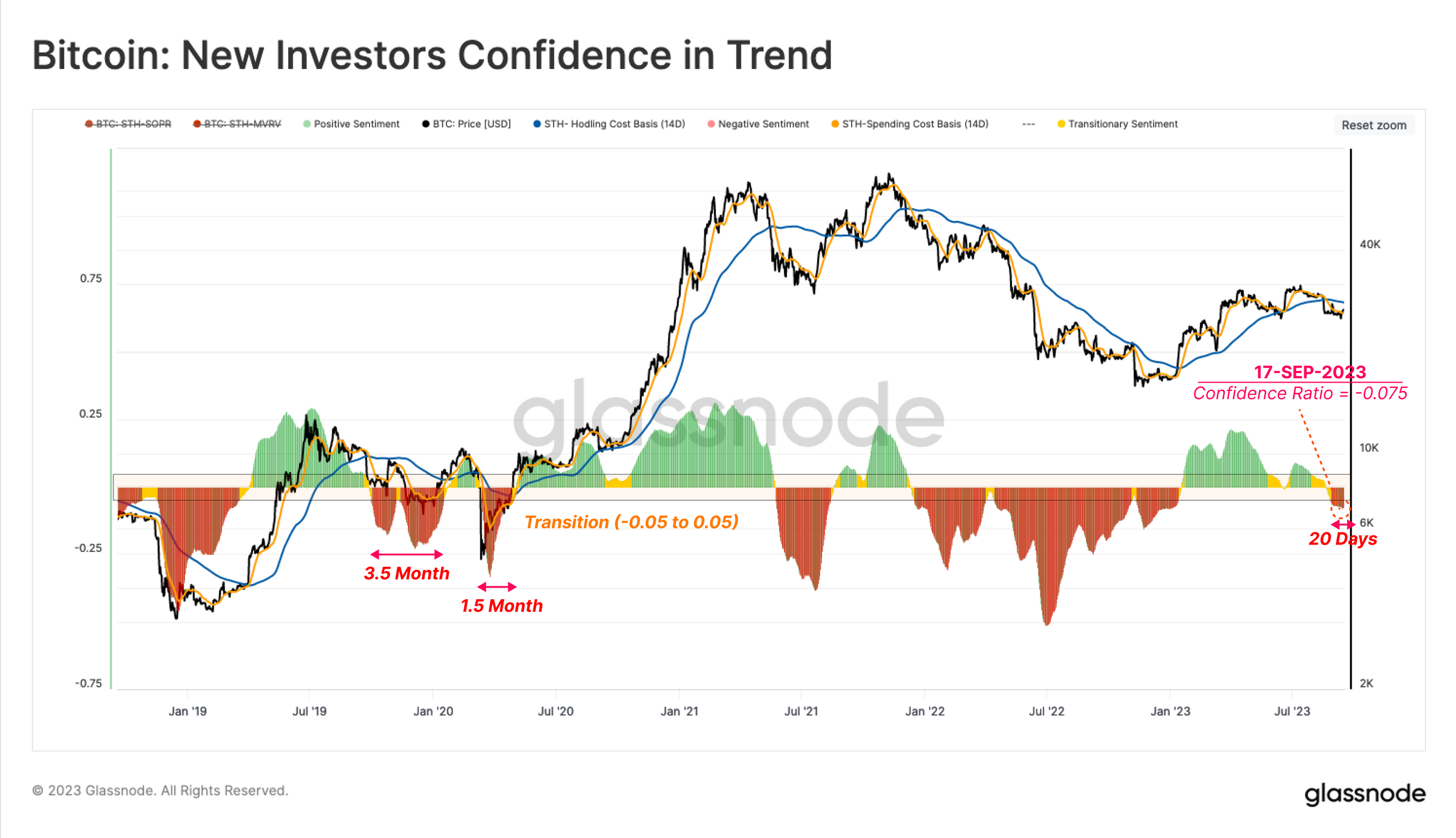
In conclusion, Glassnode’s on-chain data shows a Bitcoin market that is currently in flux. While 2023 has been a year for new capital to enter the market, this entry seems to lack strong momentum. Market sensitivity is decidedly bearish, especially among short-term holders. These findings suggest that the sustainability of the current Bitcoin rally requires careful consideration, as it sends complex signals.
| COINOTAG recommends • Members‑only research |
| 📌 Curated setups, clearly explained |
| Entry, invalidation, targets, and R:R defined before execution. |
| 👉 Get access → |
| COINOTAG recommends • Members‑only research |
| 🧠 Data‑led decision making |
| Technical + flow + context synthesized into actionable plans. |
| 👉 Join now → |
| COINOTAG recommends • Members‑only research |
| 🧱 Consistency over hype |
| Repeatable rules, realistic expectations, and a calmer mindset. |
| 👉 Get access → |
| COINOTAG recommends • Members‑only research |
| 🕒 Patience is an edge |
| Wait for confirmation and manage risk with checklists. |
| 👉 Join now → |
| COINOTAG recommends • Members‑only research |
| 💼 Professional mentorship |
| Guidance from seasoned traders and structured feedback loops. |
| 👉 Get access → |
| COINOTAG recommends • Members‑only research |
| 🧮 Track • Review • Improve |
| Documented PnL tracking and post‑mortems to accelerate learning. |
| 👉 Join now → |
| COINOTAG recommends • Members‑only research |
| 📌 Curated setups, clearly explained |
| Entry, invalidation, targets, and R:R defined before execution. |
| 👉 Get access → |
| COINOTAG recommends • Members‑only research |
| 🧠 Data‑led decision making |
| Technical + flow + context synthesized into actionable plans. |
| 👉 Join now → |
| COINOTAG recommends • Members‑only research |
| 🧱 Consistency over hype |
| Repeatable rules, realistic expectations, and a calmer mindset. |
| 👉 Get access → |
| COINOTAG recommends • Members‑only research |
| 🕒 Patience is an edge |
| Wait for confirmation and manage risk with checklists. |
| 👉 Join now → |
| COINOTAG recommends • Members‑only research |
| 💼 Professional mentorship |
| Guidance from seasoned traders and structured feedback loops. |
| 👉 Get access → |
| COINOTAG recommends • Members‑only research |
| 🧮 Track • Review • Improve |
| Documented PnL tracking and post‑mortems to accelerate learning. |
| 👉 Join now → |









